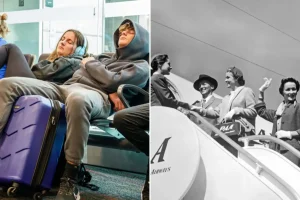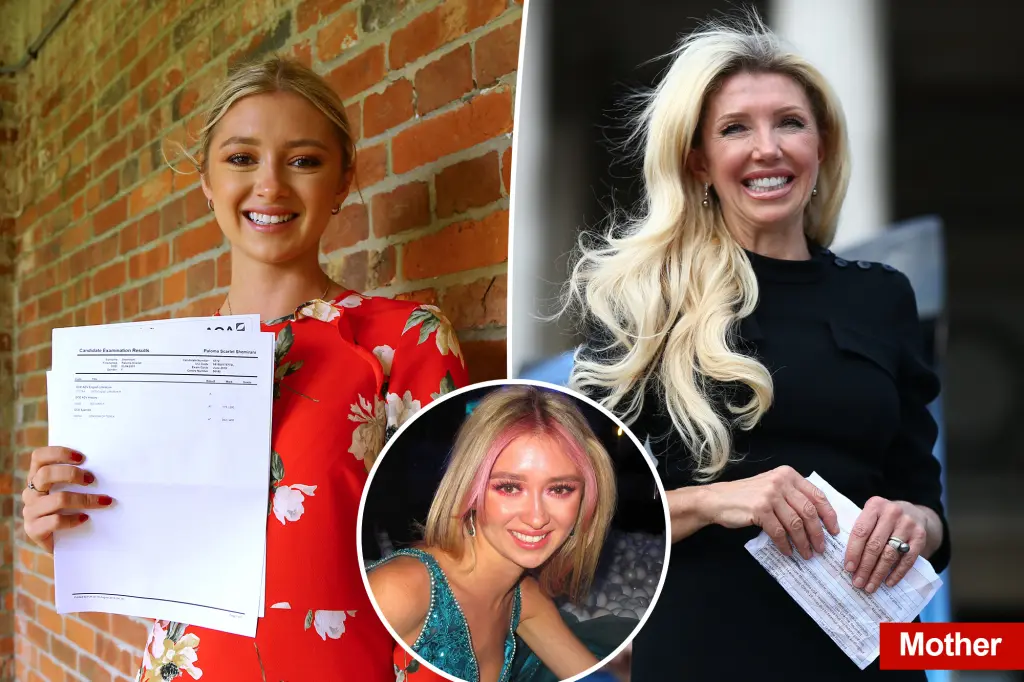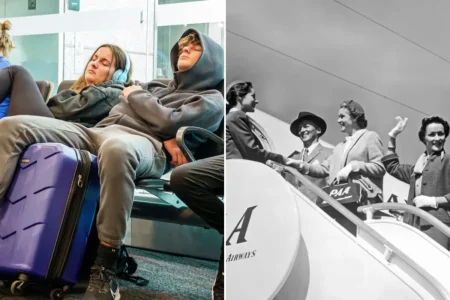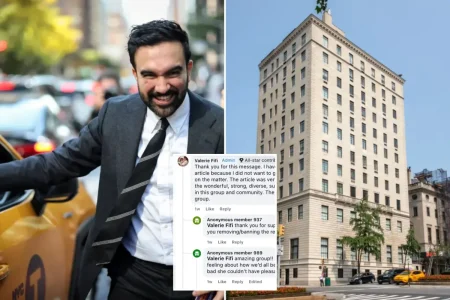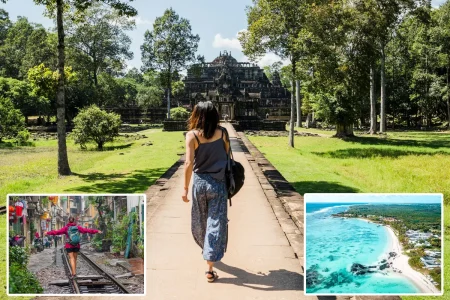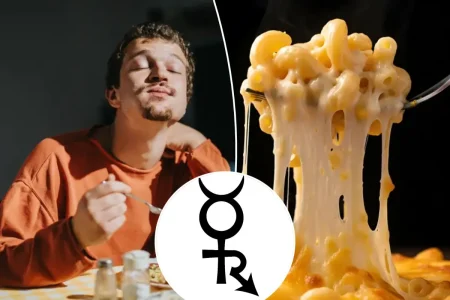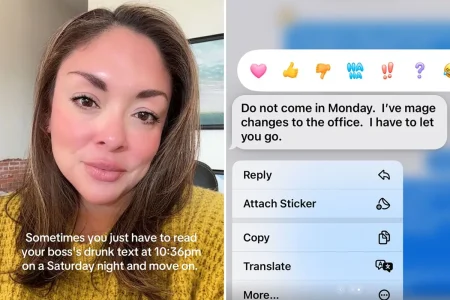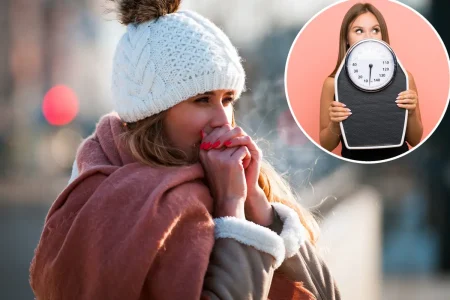A Mother’s Influence, A Daughter’s Tragic Choice: The Story of Paloma Shemirani
The tragic case of Paloma Shemirani, a 23-year-old cancer patient who died in 2024 after refusing conventional treatment, has raised profound questions about medical autonomy, parental influence, and the dangers of misinformation. According to UK coroner Catherine Wood, Paloma was “adversely influenced” by her mother, Kate Shemirani, a controversial health influencer and conspiracy theorist who steered her daughter away from potentially life-saving chemotherapy. Instead, Paloma pursued an alternative treatment regimen that included five coffee enemas daily—a path that ultimately led to her untimely death from a heart attack caused by an untreated tumor. The coroner’s verdict was clear: “If Paloma had been supported and encouraged to accept her diagnosis and considered chemotherapy with an open mind, she probably would have followed that course.” This heartbreaking story reveals the complex interplay between family dynamics, medical decision-making, and the spread of health misinformation in the digital age.
When Paloma was diagnosed with non-Hodgkin lymphoma in 2023, doctors offered hope—her cancer was “treatable” with an 80% chance of recovery through chemotherapy. However, her mother Kate, a former nurse who had been removed from the British Nurses Registry in 2021 for spreading harmful medical theories, took a “leading role” in her daughter’s treatment decisions. Kate, herself a breast cancer survivor, attributed her own recovery to Gerson therapy—a controversial approach involving a strict vegan diet, natural juices, supplements, and frequent coffee enemas. Despite the FDA not approving this therapy for cancer treatment and major cancer organizations warning against its use due to lack of scientific evidence and potential serious side effects, Kate recommended it for her daughter. The coroner described Kate’s care decisions as “incomprehensible but not unlawful,” noting that her influence “contributed more than minimally” to Paloma’s death. Through constant questioning of medical professionals and expressing deep suspicion toward Western medicine, Kate likely “seeded some form of doubt in Paloma’s mind as to her diagnosis.”
The impact of this doubt became evident in Paloma’s own written statements before her death, where she denied having cancer at all, calling the diagnosis an “absurd fantasy, with no proof.” She expressed fears about chemotherapy potentially leaving her infertile and wrote, “I do not want to undergo such a harsh treatment that could even kill me when there is a possibility this is not cancer.” This rejection of her medical diagnosis represents a troubling consequence of the misinformation Paloma was exposed to. Kate and her ex-husband later claimed that Paloma “died as a result of medical interventions given without confirmed diagnosis or lawful consent,” further deflecting responsibility from the decision to reject conventional treatment. This narrative stands in stark contrast to the medical evidence presented during the inquest, which indicated that doctors had properly diagnosed Paloma’s condition and that the untreated tumor led to the heart attack that claimed her life.
The family dynamics in this case reveal additional layers of complexity. Paloma’s twin brother, Gabriel, testified that he “blamed his mother entirely” for his sister’s death, characterizing Kate’s influence as “obstructing” Paloma from receiving proper care. His testimony was unequivocal: “In short, I believe that she sacrificed Paloma’s life for her own principles. I believe that she should be held accountable for Paloma’s death.” Gabriel revealed that he and his siblings had “felt unsafe” around their mother and that Paloma had actually been estranged from Kate at the time of her diagnosis, suggesting a reconciliation occurred specifically around the medical decision-making process. Gabriel’s concern for his sister led him to bring a High Court case in 2024 to assess Paloma’s ability to make medical decisions while living with their mother. He testified that while Paloma initially considered chemotherapy after her diagnosis, she was pressured by her parents to avoid it—a claim that highlights the power of familial influence during vulnerable moments of health crisis.
Paloma’s own voice in this tragedy comes through in written statements submitted to the family division of the High Court, where she claimed to have refused chemotherapy partly because of her “background in natural healing.” She described her mother as “an extremely forceful advocate for natural health” who was “misquoted” by people claiming “those natural solutions are conspiratorial.” Paloma also stated she was “delighted” with her alternative treatments, suggesting she had at least outwardly embraced the approach recommended by her mother. This presents a complex picture of agency and influence—while Paloma may have believed she was making her own choices, the coroner’s findings suggest these decisions were heavily shaped by her mother’s worldview and persistent questioning of conventional medicine. The medical evidence presented at the inquest indicated that doctors believed Paloma’s fatal heart attack was triggered by a large mass compressing her airways—a direct consequence of the untreated cancer that could have responded to conventional therapy.
This case ultimately highlights the dangerous intersection of medical misinformation, family influence, and personal autonomy. While Kate argued during the coroner’s hearing that “Paloma made her own treatment choices based on her values, research and experiences” and “was determined to get well on her own terms,” the coroner’s findings suggest a more nuanced reality where Paloma’s choices were significantly shaped by her mother’s beliefs and influence. The tragedy of Paloma Shemirani serves as a sobering reminder of the real-world consequences when medical science is rejected in favor of unproven alternatives. It raises difficult questions about the limits of parental influence, the responsibility of health influencers, and how society might better protect vulnerable individuals from harmful medical misinformation while still respecting personal autonomy. Perhaps most poignantly, it reminds us that behind the headlines and controversies are real people whose lives are irreversibly affected by these choices—in Paloma’s case, a young woman whose 80% chance of recovery was tragically transformed into a preventable death at just 23 years of age.

